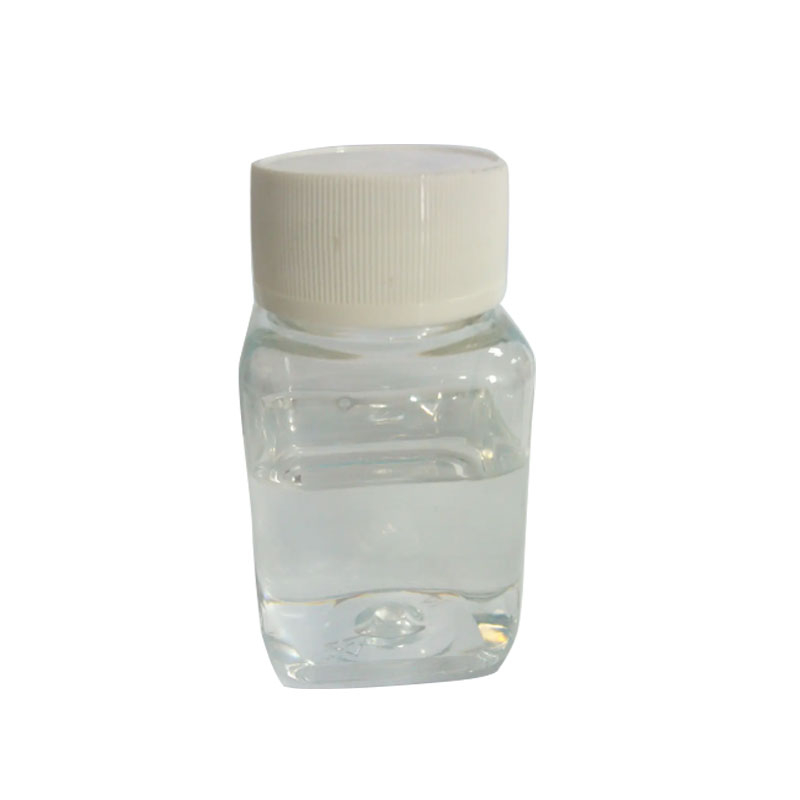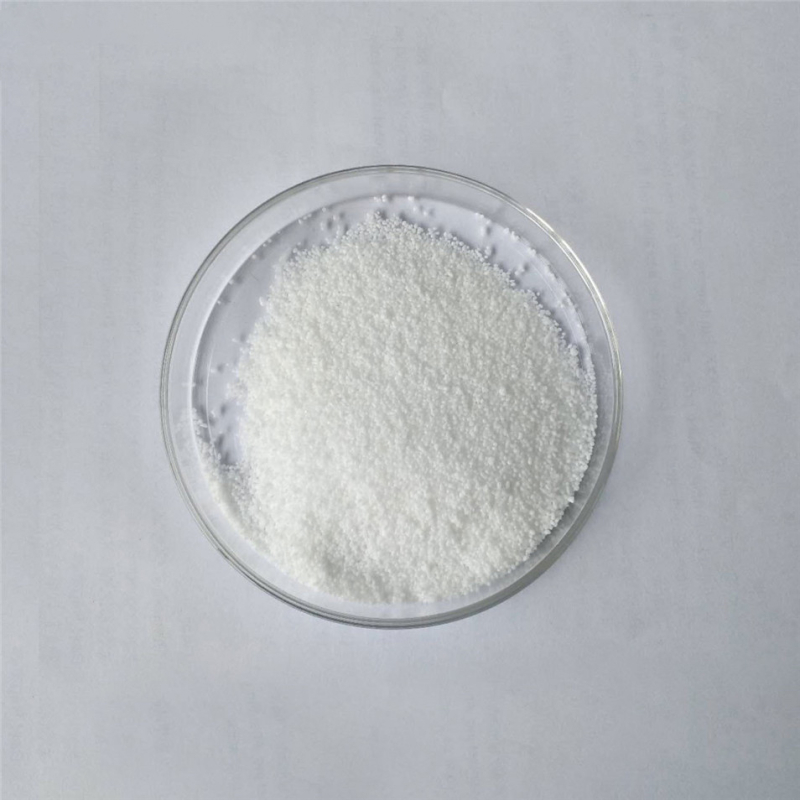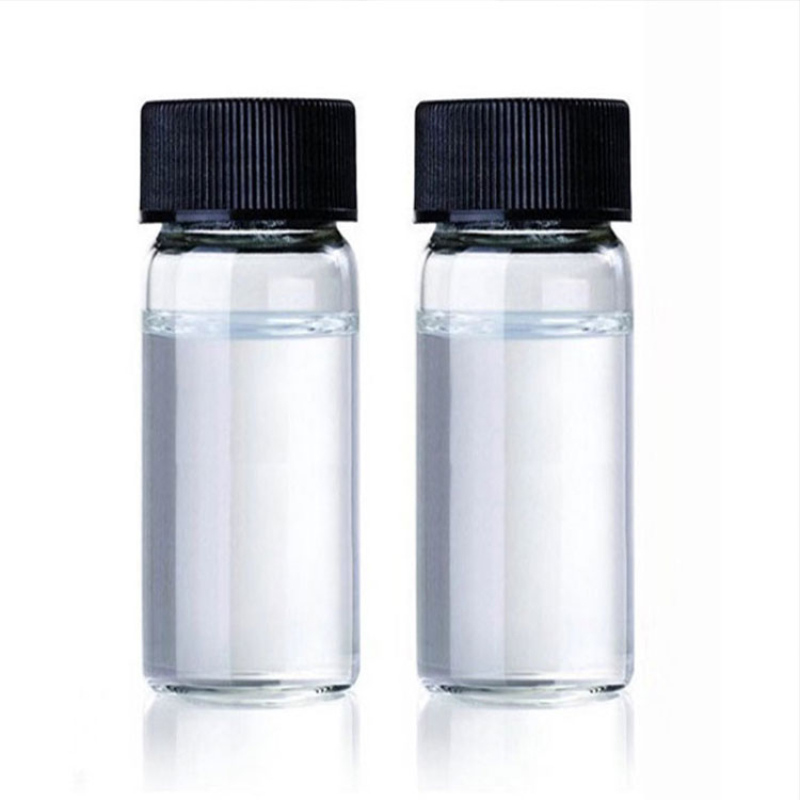Products Description of C.I. Acid Black 194 CAS#61931-02-0Acid Black 194, dark brown powder, can be used for dyeing wool, silk, nylon, wool blended fabrics and direct printing of wool and silk fabrics, with rich color and good level dyeing. When used for dyeing wool and other fibers in the same bath, silk will be dyed, nylon will be seriously stained, and acetate fiber and cellulose fiber will be slightly stained.C.I.
ติดต่อตอนนี้
Products Description of 2-Amino-2-methyl-1-propanol CAS#124-68-5White crystal block or colorless liquid. Miscible with water, soluble in alcohol, irritating to eyes and skin. There is the synthesis of surfactants. Vulcanization accelerator. Acid gas absorbent.
ติดต่อตอนนี้
2-Methyl-1-propanol CAS#78-83-1Isobutanol, additionally recognised as isopropyl alcohol or 2-methyl propanol, is a colorless and flammable liquid. It is one of the most important components of clean tea leaves, black tea and inexperienced tea to produce the top notch aroma. The molecular weight of isobutanol is 74.12, with a boiling factor of 107.66 ℃, a relative density of 0.8016, a refractive index of 1.3959, and a flash factor of 37 ℃.
ติดต่อตอนนี้
Products Description of Tris(2-methyl-1-aziridinyl)phosphine oxideCAS#57-39-6It is mainly used as a crosslinking agent and curing agent for the resin coating of missiles.
ติดต่อตอนนี้
Products Description of 1-ETHOXY-2-PROPYL ACETATE CAS#54839-24-6Colorless liquid1-ETHOXY-2-PROPYL ACETATE Chemical PropertiesBoiling point 205.8°C (rough estimate)density 0.9410vapor pressure 2.02hPa at 24.85℃refractive index 1.4025solubility Chloroform (Slightly), Methanol (Slightly)form Oilcolor ColorlessWater Solubility 69.6g/L at 18℃LogP0.76 at 22℃EPA Substance Registry System2-Propanol, 1-ethoxy-, acetate (54839-24-6)Safety InformationRisk Statements 10Safety Statements 16RIDADR 1993HazardClass 3.2PackingGroup IIIFactor
ติดต่อตอนนี้
Products Description of DIMETHYL SULFOXIDE-D6 CAS#2206-27-1The content of deuterated dimethyl sulfoxide reagents on the market is only about 99.5%, and the main impurities are water and dimethyl sulfone. Deuterated dimethyl sulfoxide is a sulfur-containing organic compound. It is a colorless, odorless, transparent liquid at room temperature. It is a hygroscopic flammable liquid with high polarity, high boiling point, good thermal stability, aprotic, miscible with water, etc. It can be dissolved in most organic substances such as ethanol, propanol, and chloroform.
ติดต่อตอนนี้
Products Description of 3-Ethyl-3-oxetanemethanolCAS#3047-32-3Mainly used for UV polymerization, synthesis of coatings and resins.
ติดต่อตอนนี้
Products Description of 3-Aminopropyltrimethoxysilane CAS#13822-56-5Silane coupling agent KH-540 is trimethoxysilane, which has a significantly faster hydrolysis rate than triethoxysilane KH-550, and can provide faster reaction and curing speeds.
ติดต่อตอนนี้
Products Description of Lithium Aluminum Hydride CAS#16853-85-3Lithium aluminum hydride is a commonly used reducing agent in organic chemistry. It can reduce a variety of functional group compounds. It can also act on double-bond and triple-bond compounds to achieve hydroalumination. In addition, lithium aluminum hydride can also participate in the reaction as a base. For example, react LiAlH4 with 2 mol of ethanol to generate lithium diethoxyaluminum hydride [LiAlH2(OC2H5)2]; react with 3 mol of tert-butanol to generate lithium tri-tert-butoxyaluminum LiAlH[OC(CH3)3]3.
ติดต่อตอนนี้
Products Description of Citric acid CAS#77-92-9Zinc Phosphate (CAS#7779-90-0) is an inorganic compound that appears as a white, odorless powder. It is a zinc salt derived from phosphoric acid and is characterized by its stable properties and low solubility in water. The chemical formula for Zinc Phosphate is Zn3(PO4)2, and it has a molecular weight of 422.12 g/mole. This compound is commonly used as a corrosion inhibitor, particularly in primer paints due to its ability to provide cathodic protection.
ติดต่อตอนนี้
Products Description of TITANIUM DIOXIDE CAS#1317-70-0The lattice structure of anatase is also tetragonal, but the lower packing fraction of the crystal lattice explains why anatase crystal exhibits both a lower hardness and refractive indices than rutile.Nevertheless, because the crystal lattice energies of the two phases are quite similar, anatase remains metastable over long periods of time despite being less thermodynamically stable. However, above 700°C, the irreversible and rapid monotropic conversion of anatase to rutile occurs.
ติดต่อตอนนี้
Products Description of ZIRCONIUM(IV) HYDROGENPHOSPHATECAS#13772-29-7Zirconium phosphate (ZrP), also known as zirconium hydrogen phosphate, has a chemical formula of Zr(HPO₄)₂.2H₂O and is a fine phosphorus chemical product. Zirconium phosphate has a white powder appearance, an acidic pH value, stable chemical properties, is insoluble in water, insoluble in general organic solvents, has good acid and alkali resistance, has high thermal stability and mechanical strength, and is widely used as a solid lubricant in self-lubricating composite materials.
ติดต่อตอนนี้
Ethylene Glycol Diacetate CAS#111-55-7Ethylene Glycol Diacetate, additionally recognized as ethylene glycol diacetate, has a chemical shape containing an ethylene glycol (1,2-ethanol) skeleton, with an acetate crew (-O-C (=O)-CH₃) linked to every of the two hydroxyl positions of ethylene glycol.It is normally a colorless, obvious liquid, from time to time barely yellowish.
ติดต่อตอนนี้
Products Description of Ethylene glycol monoethyl ether acetate CAS#111-15-9Colorless liquid. Freezing point -61.7℃, boiling point 156.3℃, 51℃ (2.8kPa), relative density 0.973 (20℃), melting point -61.7℃, refractive index 1.4055 (20℃), flash point 51℃ (closed cup), 66℃ (open cup), ignition point 379℃. Miscible with general organic solvents and soluble in water.
ติดต่อตอนนี้
Products Description of Sulfuric acid CAS#7664-93-9Sulfuric Acid (CAS# 7664-93-9) is a potent, colorless, and odorless mineral acid with a wide range of applications across various industries. As a cornerstone in chemical manufacturing, it's instrumental in producing fertilizers, dyes, and pigments. Its strong dehydrating and oxidizing properties make it indispensable in metal processing and refining petroleum. In the laboratory, it's a versatile reagent for titration and sample preparation.
ติดต่อตอนนี้
Products Description of Sulfolane 99.5% CAS#126-33-0Sulfolane solvent has high solubility for aromatics, good selectivity, good thermal stability, low vapor pressure, low toxicity and no corrosion to carbon steel.
ติดต่อตอนนี้
Products Description of Sulfolane CAS#126-33-0Sulfolane solvent has high solubility for aromatic hydrocarbons, good selectivity, good thermal stability, low vapor pressure, low toxicity and no corrosion to carbon steel. Therefore, sulfolane extraction technology has become the most widely used aromatic hydrocarbon in the world.
ติดต่อตอนนี้
Products Description of Oleic acid CAS#112-80-1Insoluble in water, soluble in benzene, chloroform, miscible with methanol, ethanol, ether and carbon tetrachloride. Because it contains double bonds, it is easily oxidized by air, producing an unpleasant odor and turning yellow. When treated with nitrogen oxides, nitric acid, mercurous nitrate and sulfurous acid, it can be converted into oleic acid. When hydrogenated, it becomes stearic acid. The double bonds can easily react with halogens to form halogenated stearic acid.
ติดต่อตอนนี้
Products Description of 4-Morpholineethanesulfonic acid CAS#4432-31-92-Morpholineethanesulfonic acid is a white solid powder at room temperature and pressure. It is soluble in polar solvents such as water, ethanol, methanol, and acetone, but insoluble in non-polar solvents. Its molecular structure contains a morpholine ring and an ethanesulfonic acid group. The morpholine ring is a nitrogen-containing heterocyclic compound with high stability and inertness, and has no obvious toxicity or irritation to organisms.
ติดต่อตอนนี้
Products Description of Levulinic acid CAS#123-76-2Levulinic acid is an organic compound with the molecular formula C5H8O3. Easily soluble in water and some organic solvents, but insoluble in gasoline, kerosene, turpentine and carbon tetrachloride. It hardly decomposes under normal pressure distillation.
ติดต่อตอนนี้
Products Description of 1-Aminocyclopropanecarboxylic acid CAS#22059-21-81-Aminocyclopropanecarboxylic acid is a cyclic amino acid, also known as ACC, which is a non-protein amino acid widely found in fruits such as pears and apples. It is synthesized from methionine in plants, and finally produces ethylene after various steps of conversion in plants.
ติดต่อตอนนี้
Products Description of 1-Hydroxyethylidene-1,1-diphosphonic acid CAS#2809-21-4Hydroxyethylidene diphosphonic acid, also known as HEDP, is a diphosphate compound used in detergents, water purification processes, cosmetics and pharmaceutical production.
ติดต่อตอนนี้
Products Description of α-galactosidaseCAS#9025-35-8α-Galactosidase is a glycoside hydrolase that catalyzes the hydrolysis of α-galactosidic bonds. It can hydrolyze D-galactose residues bound by α-1,6 bonds at the non-reducing end, as well as oligosaccharides such as honey, raffinose, stachyose and verbascose.
ติดต่อตอนนี้
Products Description of KERATINCAS#68238-35-7Fibrous protein produced by animal epithelial cells. It is the main component of hair, feathers, horns, nails, hooves, silk, etc., and has a protective effect on animals. It can be divided into two categories: one is α-keratin, such as the protein of hair, horns, nails, hooves, etc., which is rich in cystine in the molecule; the other is β-keratin, such as silk fibroin, which does not contain cystine and cysteine in the molecule, but has a high content of glycine, alanine and serine.
ติดต่อตอนนี้


































